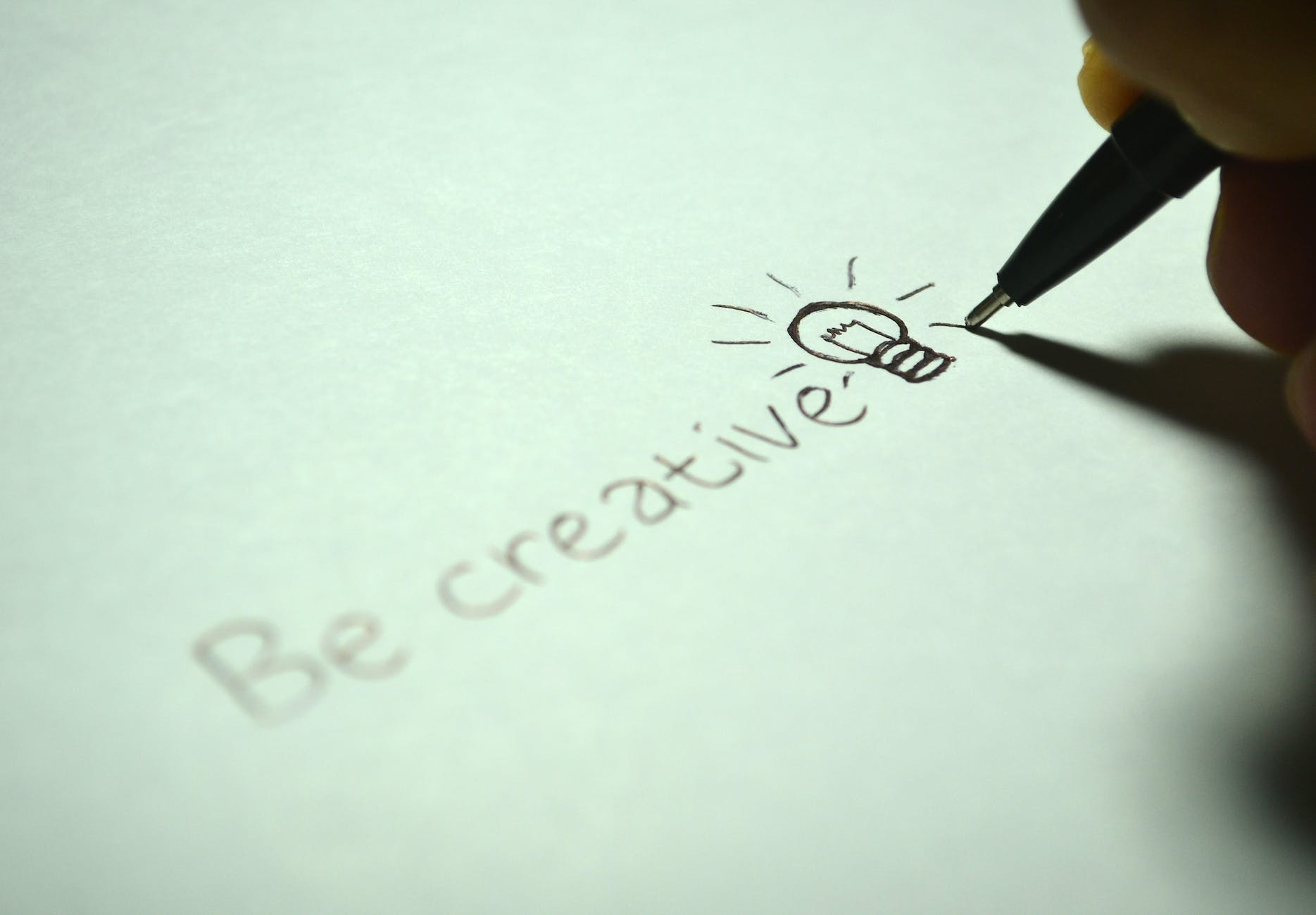
Cultivating Creativity: Unleashing the Power of the Creative Team
A successful creative agency team structure is the backbone of any thriving creative organization. It brings together a group of talented individuals with diverse skills and expertise to drive innovation, ideation, and the delivery of impactful projects. From Creative Directors and Copywriters to SEO Specialists, Graphic Designers, Web Developers, and Social Media Managers, each team member plays a crucial role in shaping the final outcome.
In this article, we will explore the key members of a creative agency team and the roles they fulfill. By examining the responsibilities of Creative Directors, Strategists, Copywriters, SEO Specialists, Graphic Designers, Web Developers, and Social Media Managers within a creative agency context, we can gain a comprehensive understanding of their contributions and how they work together to create compelling content and strategies.
Additionally, we will delve into different creative agency team structures that organizations adopt. Whether employing a centralized, cross-functional, flexible, or pod system structure, each approach has its merits and aligns with specific project requirements and organizational dynamics. Understanding these structures will provide valuable insights into how creative agency teams are organized, collaborate, and maximize their creative potential while effectively meeting client needs.
Join us as we delve into the dynamic world of creative agency team structures, exploring their composition, collaboration dynamics, and the strategies that empower them to deliver exceptional results. Together, we will uncover the secrets behind successful creative endeavors and gain a deeper appreciation for the artistry, coordination, and strategic approach that underpin the operations of creative agencies.
Who is on a creative team?
A creative team consists of a diverse group of individuals who bring their unique skills and expertise to the table. While the specific roles may vary depending on the nature of the project and the organization, the following are some common members of a creative team.
Creative Director or Project Manager
The Creative Director or Project Manager plays a vital role in overseeing the entire creative process. They provide guidance, set objectives, and ensure that the team stays on track, meets deadlines, and delivers high-quality work. They are responsible for managing the overall project scope, budget, and client expectations. Additionally, they act as a liaison between the creative team and clients, fostering effective communication and ensuring that the project aligns with the client’s vision and goals.
Strategist
The role of a Strategist is to conduct thorough research, analyze data, and develop strategic plans that align with the project’s objectives. They study market trends, consumer behavior, and competitor analysis to identify opportunities and insights that inform the creative direction. The Strategist collaborates closely with the Creative Director or Project Manager and the team to define the project’s target audience, establish key messaging, and develop a strategic framework that guides the creative execution.
Copywriter
A Copywriter is a skilled wordsmith who specializes in crafting compelling and persuasive written content. They create engaging headlines, taglines, slogans, and written materials that effectively convey the project’s message and resonate with the target audience. Copywriters work closely with the Creative Director, Strategist, and Graphic Designer to ensure a cohesive narrative across all creative assets. They adapt their writing style to suit various mediums, such as websites, social media, advertisements, and print materials.
SEO Specialist
In today’s digital landscape, an SEO Specialist is an important member of the creative team. They possess expertise in search engine optimization and play a crucial role in enhancing the project’s online visibility and discoverability. SEO Specialists conduct keyword research, optimize website content, and implement SEO strategies to improve the project’s search engine rankings. They collaborate with the Copywriter and Web Developer to ensure that the project’s content is not only engaging but also optimized for organic search traffic.
Graphic Designer
The Graphic Designer is responsible for bringing visual elements to life. They create visually appealing designs, layouts, and illustrations that effectively communicate the project’s message and captivate the target audience. Graphic Designers possess expertise in color theory, typography, composition, and visual aesthetics. They collaborate closely with the Copywriter to ensure a harmonious blend of text and visuals. Graphic Designers utilize various software tools and techniques to create visually stunning assets across different mediums, including print materials, digital platforms, packaging, and branding.
Web Developer
A Web Developer is essential for projects that involve digital platforms or websites. They possess technical expertise in coding, programming, and web design. Web Developers translate the creative vision into a functional and visually appealing website or digital experience. They collaborate closely with the Graphic Designer to bring the visual elements to life on the digital platform. Web Developers ensure that the website is user-friendly, responsive, and optimized for performance. They implement interactive features, ensure smooth navigation, and integrate the project’s branding and design elements into the digital interface.
Social Media Manager
The Social Media Manager takes care of the project’s presence on social media platforms. They develop and execute social media strategies, create engaging content, manage community interactions, and analyze social media metrics to optimize performance. Social Media Managers play a crucial role in leveraging the power of social media to reach and engage with the project’s target audience. They monitor trends, interact with followers, and adapt the project’s messaging and creative assets to suit the specific social media platforms.
Types of Creative Team Structures
Centralized
In a centralized structure, all members of the creative team are located within the same department or organization. This structure promotes collaboration, effective communication, and centralized decision-making. It allows for a seamless workflow, as team members are physically close and can quickly exchange ideas and feedback. Centralized structures often work well for smaller organizations or projects that require a high level of coordination and alignment.
Flexible
A flexible creative team structure allows for the dynamic allocation of resources based on project requirements. This structure enables organizations to adapt quickly to changing project needs by adding or removing team members as necessary. It ensures that the right expertise is available for each project, optimizing efficiency and productivity. Flexible structures are well-suited for organizations that frequently work on diverse projects with varying scopes and resource requirements.
Pod system
The pod system involves organizing the creative team into smaller, self-sufficient units or pods. Each pod consists of individuals with complementary skills who work closely together on specific projects. This structure fosters collaboration, accountability, and a sense of ownership within the pod. The pod system promotes effective communication, streamlined decision-making, and efficient project execution. It allows team members to develop a deep understanding of each other’s strengths and working styles, resulting in improved collaboration and synergy within the pod.
By leveraging the talents and expertise of individuals in various roles and adopting a suitable team structure, creative teams can effectively generate innovative ideas, execute projects efficiently, and deliver exceptional results. The combination of diverse skills, collaborative teamwork, and well-defined structures contributes to the success and creativity of the team, enabling them to bring unique and impactful solutions to the projects they undertake.






